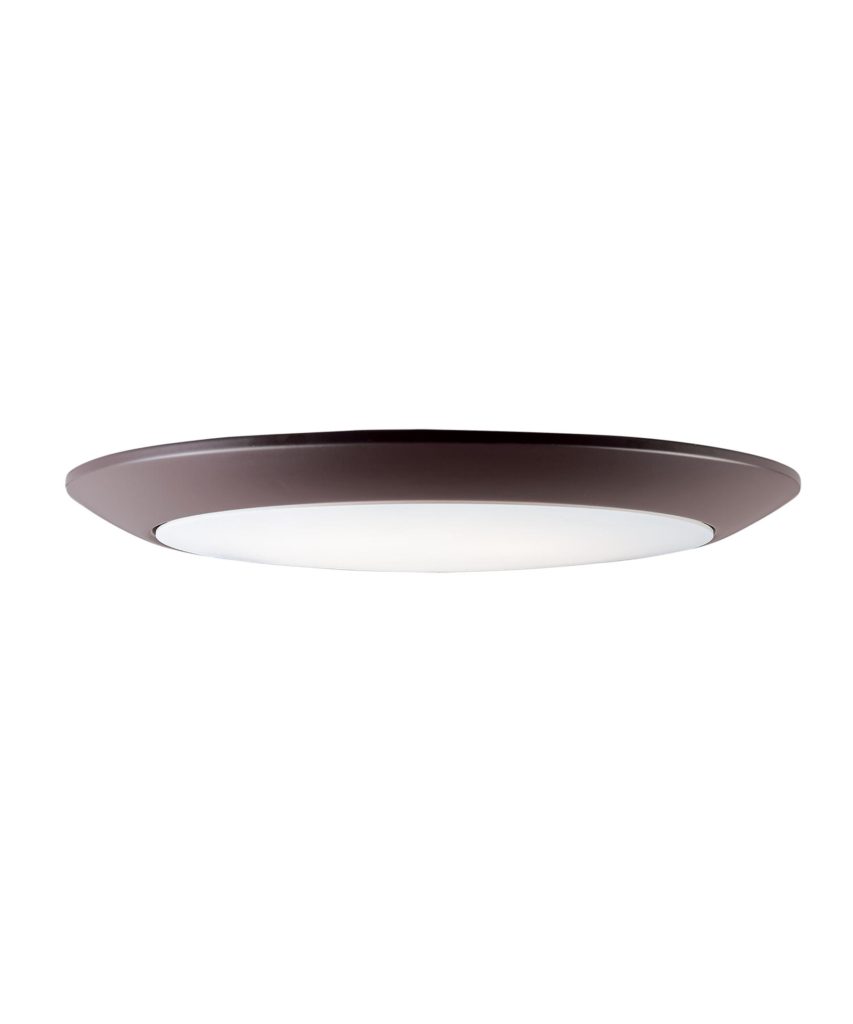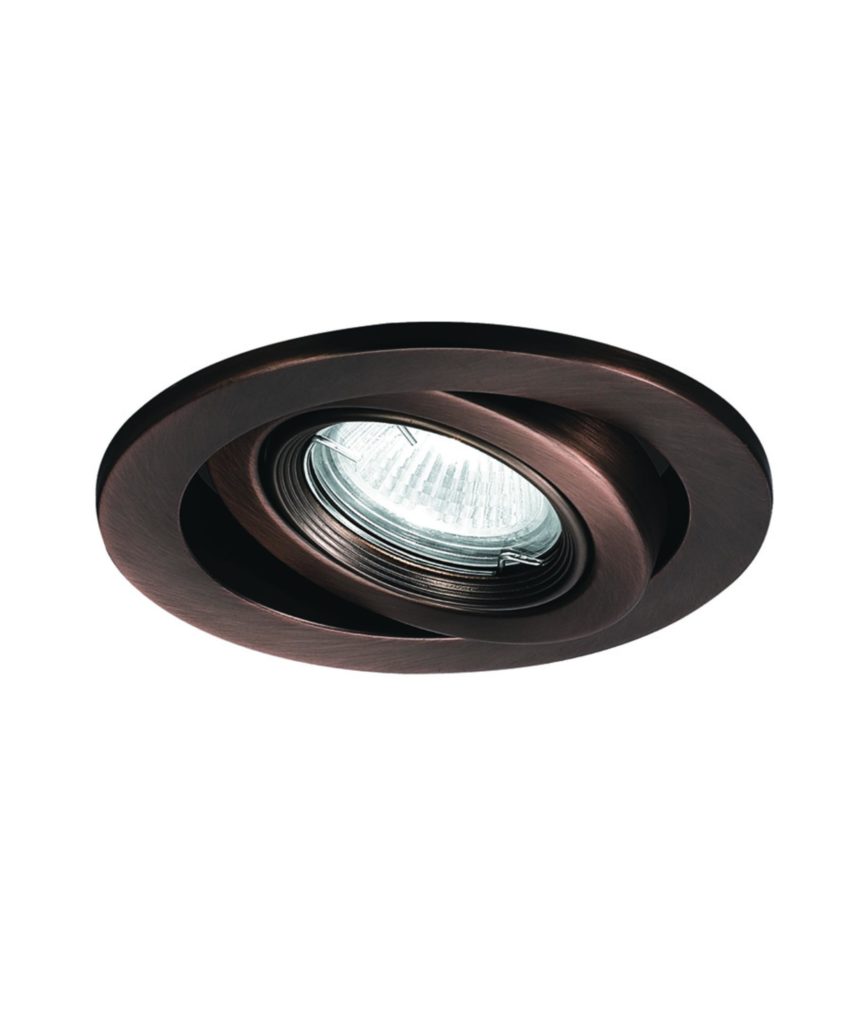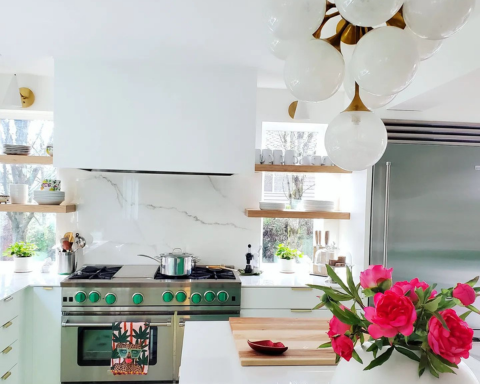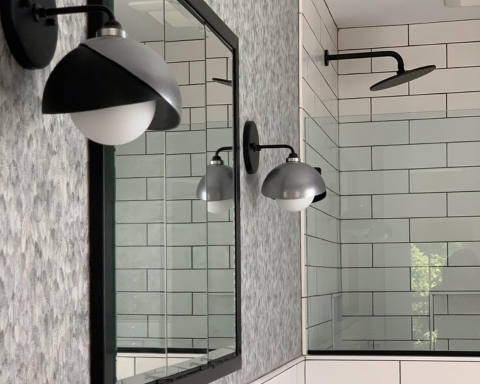Free Ground Shipping on Orders Over $49 Details & Exclusions Excludes Curb Side Delivery (LTL). Lower 48 United States Only.
Apr 5, 2018
Recessed Lighting Layout Tips You Need to Know Now
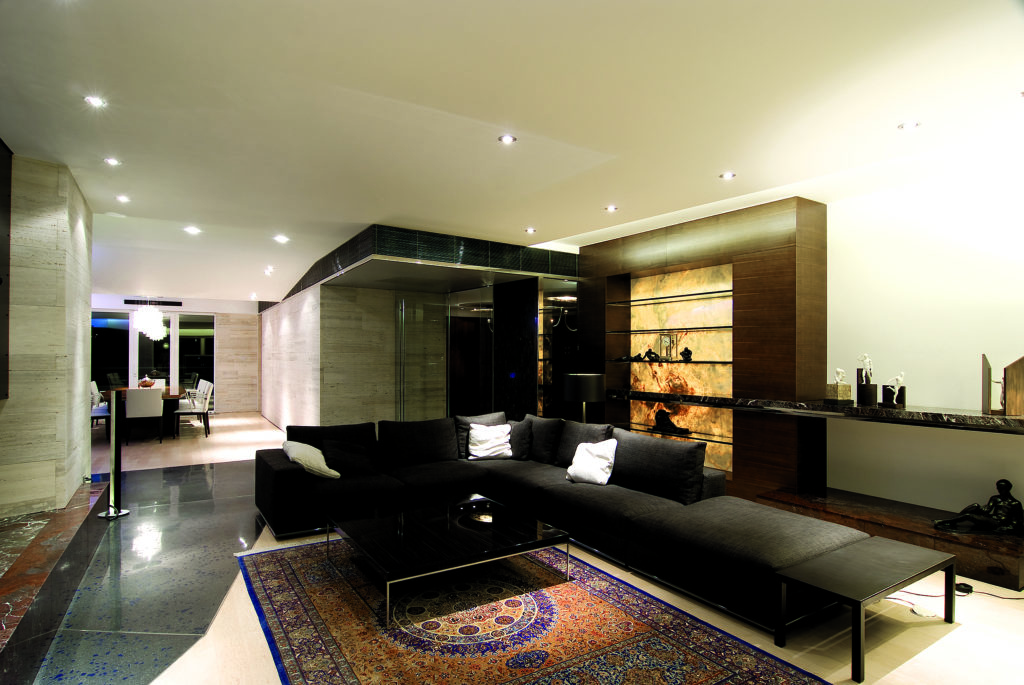
Sure, it will illuminate your home. But there’s so much more to it than that. To take full advantage of what recessed lighting has to offer in terms of both functionality and aesthetic charm, it’s essential to get the layout just right. And we have some lighting layout tips you should know before you begin.
Recessed lighting is a light fixture that’s installed into the hollow area of a ceiling. And to be completely forthright, getting the layout of your lighting just right will take a bit of research and simple calculation on your part. Never fear, though, we’re going to help walk you through exactly what you’ll need to know and how to get that information so that your lights shine perfectly!
Start By Defining Your Goal
Before you start, you need to define what goal you have in mind for your recessed lighting. For example, you will need to determine whether you want to highlight specific items in the room to create a visual focal point. Or perhaps you simply want to incorporate lighting to brighten the entire room with warm light.
The overarching goal of your lighting will determine the layout style and individual calculations that you will use. Here are three primary types of lighting goals that will likely alter the layout calculations that you use:
1. Ambient Lighting
Ambient lighting is used to illuminate your entire room. It should offer a comfortable, evenly dispersed glow without being overpowering in its brightness. Ambient lighting generally begins with a lighting source in the center of the room that you can then use to evenly space your lighting around.
2. Accent Lighting
Accent lighting can be used to highlight a specific item or wall. For example, you might want accent lighting to illuminate that gorgeous piece of abstract expressionist fine art you recently purchased with a wall-wash of light.
3. Task Lighting
Task lighting is used in areas where you work so that you can reduce eye strain. For example, you might want to install recessed lights under your kitchen cabinets or under a decorative stove hood. After all, you want to be able to fully see what you’re doing as you prep that balsamic-tinged chicken caprese dish.

Dust Off Those Artistic Talents and Sketch the Room
Once you fully understand the goal of the recessed lighting, it’s time to start sketching out the room and the rough layout on paper. No abstract expressionism here though, please.
This sketch will serve as a rough guide for you. Use graph paper to make your sketch more accurate, and be sure to take measurements with your trusty measuring tape. Then, use a scale on your graph paper so that you understand the actual dimensions.
Make certain to take plenty of time as you sketch your room and its major contents. During these planning stages, accuracy is highly important.
It’s helpful to make several photocopies of your sketch. This can aid you by allowing you to sketch several different patterns without having to take measurements of your room each time.
Recessed Lighting Layout Tips and Formulas
The following formulas and rules of thumb are keys to getting your layout just right:
Ceiling Height Formula
Taking stock of your ceiling height is important for a well-lit room. It can provide you a solid understanding of both the number of lights and how far apart to space them.
Take the height of your ceiling and divide it in half. For instance, if you have a 10-foot ceiling, you will want to space your light fixtures approximately five feet apart. This will give you a baseline idea. However, you can make adjustments based on the decor of your room and its general brightness and place your lights a bit closer together or further apart, accordingly.
How far apart should recessed lights be?
The distance between recessed lighting fixtures depends upon 3 factors: the type of lighting, wattage needed, and the dimensions of the room.
1. Ambient Lighting
To determine the distance between your recessed lights when you plan to provide ambient lighting in a room, you will first need to determine the length of the room (L) and the total number of lights per row that you need to illuminate it (N). You will then divide the room length by the total number of lights per row (L / N) to obtain the exact distance between the lights in the row. You should then complete the same steps for the width of the room (Wd).
- Wattage
In order to determine the wattage that you will need to light your entire room, you can use this general formula:
Length x Width x 1.5 = Wattage (W)
So, for a room that is 15 feet long by 10 feet wide, the total wattage needed would be 15 x 10 x 1.5 = 225 watts
For a room this size, the number of bulbs that you will use will depend on the wattage of the bulbs you choose. If you will be choosing 40-watt bulbs, you would need six bulbs so that you have at least 225 watts lighting up your room (6 x 40 = 240). In this case, A five-bulb layout would not sufficiently light your room at only 200 watts.
- Length of the Room
For the length of the room, the 6 total lights need can be broken out into two rows of 3 lights. With this lighting layout, the distance formula for your 15 x 10 room would look like this:
15 (length) / 3 (total lights per row) = 5 feet between lights along the length of the room.
- Distance from the Walls
Now, to get the distance from the wall, you can divide the length between the lights in half, which would equal 5 feet / 2 = 2.5 feet.
- Width of the Room
You would then apply the formula to the width of the room. This would be Width / Number of lights in the row or 10 feet / 2 lights = 5 feet between lights across the width of the room. As before, the distance from the wall would be 2.5 feet.
And there’s your ambient lighting spacing. Not too bad, right?
2. Task Lighting
If your goal is to use your recessed lights as task lighting, you will use the same formula as for ambient lighting unless your task area is close to a wall. If it is, measure the distance from the ceiling to the surface that you want to illuminate rather than to the floor. Then, divide this distance by four to determine how far away from the wall to place your lights.
3. Accent Lighting
If you plan to illuminate an entire wall or accent particular architectural features or pieces of art, the rule of thumb is to place your recessed light fixtures between 1.5 feet and 3 feet from the wall. If your fixtures are fixed, they should be placed a bit closer to the wall. If they are adjustable, it is fine for you to place them a bit further from the wall. From there, the individual fixtures should be spaced evenly from each other.
A Few More Lighting Tips
Dimmers Are Your Friend
Don’t overlook your dimmers. Dimmers allow you to choose the amount of light in the room to match the mood that you are trying to create at a given time. When you use dimmers, you also have the added benefit of extending the life of each bulb since you are using less energy when the lights are dimmed.
Be Scared of Your Shadows In the Corners
We don’t generally recommend being scared of shadows, but in this case you should be.. Make certain that you will not accidentally create shadows in the corners of your room when you plan your lighting layout.
If your corners are shadowy, it can make your ceiling look as if it is lower. This can detract from the visual spaciousness of your room and in turn can even detract from your home’s value. This is why using the formula to space out your lights from the walls is essential.
Match the Trim Style with the Room’s Decor
You should choose the trim style for your recessed lighting that complements your room’s decor. If you want a refined appearance with some versatility for your decor style, perhaps consider a trim style in an alabaster hue such as this recessed LED light by Kichler.
Perhaps you are looking for adjustable recessed lights. You might consider a stamped metal fixture that looks terrific as an accent light on wooden ceilings, in offices or in other places where you seek an elegant touch. One possibility would be a WAC Lighting HR-8417 Recessed Light Trim which we like a lot.
Or if you’d love the look of recessed lighting without the hassles of installation, this LED trim by Maxim Lighting might be an ideal choice. This versatile lighting option can be used nearly anywhere, including in showers. It can even be used on concrete ceilings, where traditional recessed lighting is not recommended due to structural considerations of the building.
Of course, the look and feel of the trim needs to be in accordance with your personal tastes.
We’re sure that if you follow these lighting layout tips and choose fixtures that speak to you and your room’s decor, you’re going to love the lighting you end up with.
Adding lighting to your home can help to create the ambiance and beauty you’ve been looking for in your room. As long as you plan ahead, recessed lighting will be the perfect addition to your overall lighting design.
And that’s how you live brilliantly.
– Capitol Lighting
If you’re looking for the perfect lighting for your home, we invite you to browse our collection of recessed lighting trims and housings here.


